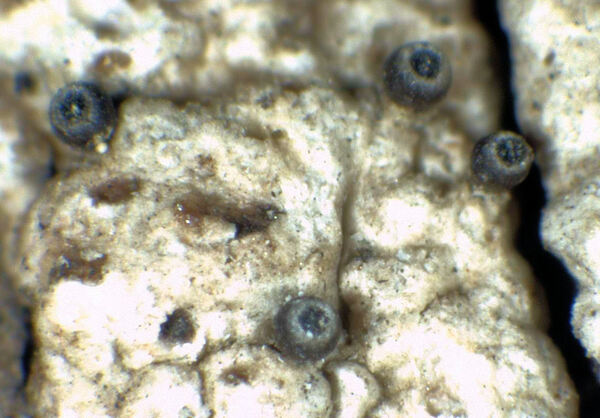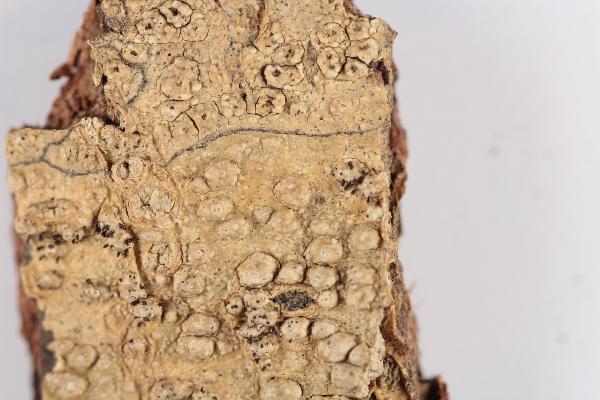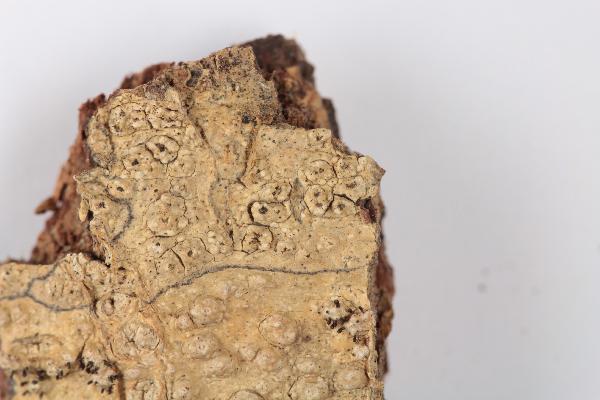Sphinctrina tubaeformis A. Massal.
Mem. Lichenogr.: 155, 1853.
Synonyms: Sphinctrina microcephala Nyl. non (Sm.) Körb.; Sphinctrina obducta Nyl.
Distribution: N - Frl (Puntillo & Puntillo 2009, Brackel 2016), Ven (Puntillo & Puntillo 2009, Lazzarin 2000b, Brackel 2016), TAA (Nascimbene & al. 2007b, Brackel 2016), Lomb (Puntillo & Puntillo 2009, Brackel 2016), Piem (Puntillo & Puntillo 2009, Brackel 2016), VA (Watson 2014), Lig (Puntillo & Puntillo 2009, Brackel 2016). C - Tosc (Puntillo & Puntillo 2009, Brackel 2016), Laz (Puntillo & Puntillo 2009, Brackel 2016), Sar (Puntillo & Puntillo 2009, Rizzi & al. 2011, Brackel 2016, Di Nuzzo & al. 2022). S - Camp (Ricciardi & al. 2000, Puntillo & Puntillo 2009, Brackel 2016, 2021), Pugl (Puntillo & Puntillo 2009, Brackel 2011), Cal (Puntillo 1994, 1996, Puntillo & Puntillo 2009, Brackel & Puntillo 2016, Brackel 2016).
Description: Thallus not evident, not lichenized. Apothecia short-stalked, 0.15-0.36 mm high, or subsessile and partially immersed in the host thallus. Stalk black or dark brown, of irregularly interwoven hyphae, pale in inner part, dark brown to reddish in outermost part (section). Capitulum subglobose to obovoid, 0.14-0.26 mm across, shining black or dark brown; mazaedium well-developed, black. Exciple well-developed, with an inner layer of poorly sclerotized, dark to reddish brown, periclinally arranged hyphae and outer layer of anticlinally arranged hyphae; hypothecium colourless. Asci 8-spored, cylindrical, formed singly from ascogenous hyphae with croziers, with a single, functional wall layer, K/I-, disintegrating at a rather late stage, with uniseriately arranged spores. Ascospores 1-celled, subfusiform, with pointed ends, dark brown, (9-)10-15(-19) x (4.5-)6.5-8(-9) µm, with an ornamentation of longitudinally arranged, coarse ridges. Photobiont absent. Spot tests: all parts of the ascomata K-, C-, KC-, P-. Chemistry: without lichen substances.Note: a parasite on the thalli of crustose lichens, mostly Pertusaria leioplaca. Widespread throughout the country, but not common.
Growth form: Lichenicolous fungus
Substrata: bark
Reproductive strategy: mainly sexual
Most common in areas with a humid-warm climate (e.g. most of Tyrrenian Italy)
paras Pertusaria spp.
Commonnes-rarity: (info)
Alpine belt: absent
Subalpine belt: absent
Oromediterranean belt: absent
Montane belt: rare
Submediterranean belt: very rare
Padanian area: absent
Humid submediterranean belt: very rare
Humid mediterranean belt: absent
Dry mediterranean belt: absent
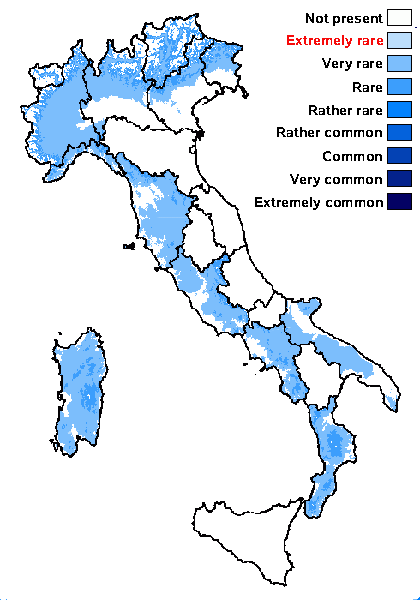
Predictive model
Herbarium samples
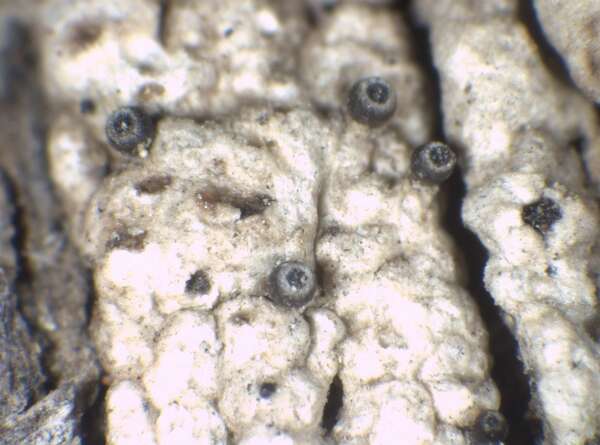

P.L. Nimis; Owner: Department of Life Sciences, University of Trieste
Herbarium: TSB (6334)
2003/03/17
on the thallus of the host, Pertusaria sp.
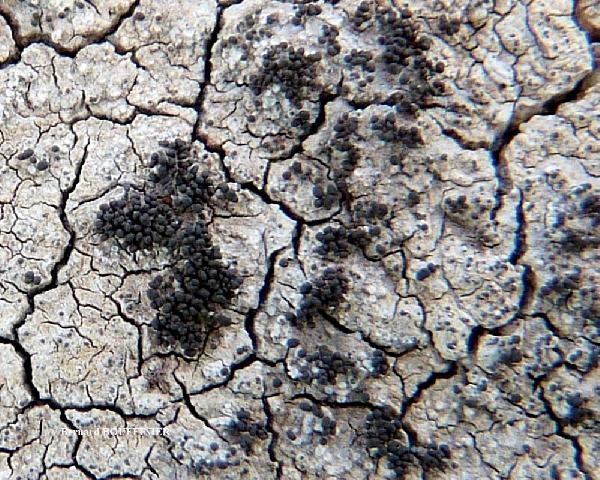
Bernard Bouffinier - Source: http://www.lichensmaritimes.org/index.php?task=fiche&lichen=388&lang=en
Belgium, Pointe du Raz
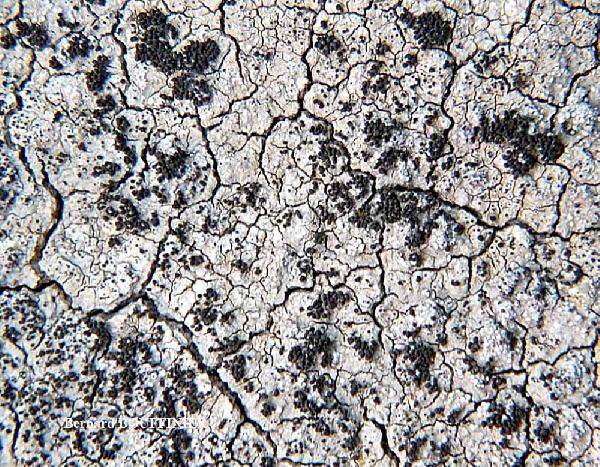
Bernard Bouffinier - Source: http://www.lichensmaritimes.org/index.php?task=fiche&lichen=388&lang=en
Belgium, Pointe du Raz
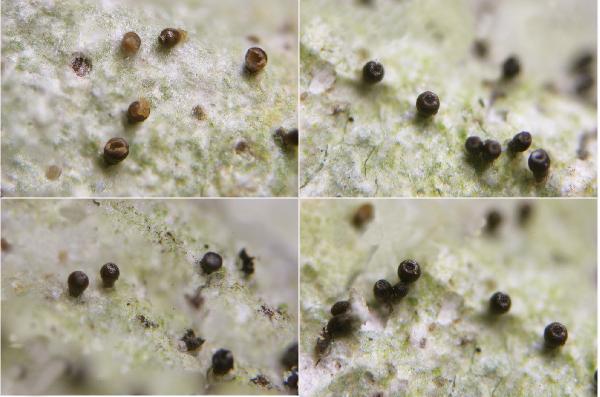
Enrique Rubio y Marta González Garcia - Centro de Estudios Micologicos Asturianos
Arborio (Pravia-Asturias), en el talo de Pertusaria sp., 23-VI-2021, leg. & det. Marta González.
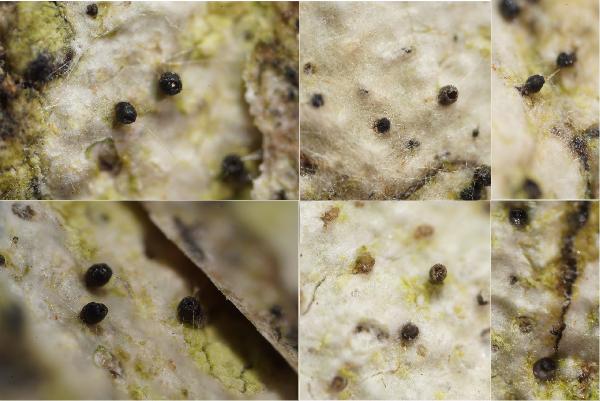
Enrique Rubio y Marta González Garcia - Centro de Estudios Micologicos Asturianos
Arborio (Pravia-Asturias), en el talo de Pertusaria sp., 23-VI-2021, leg. & det. Marta González.
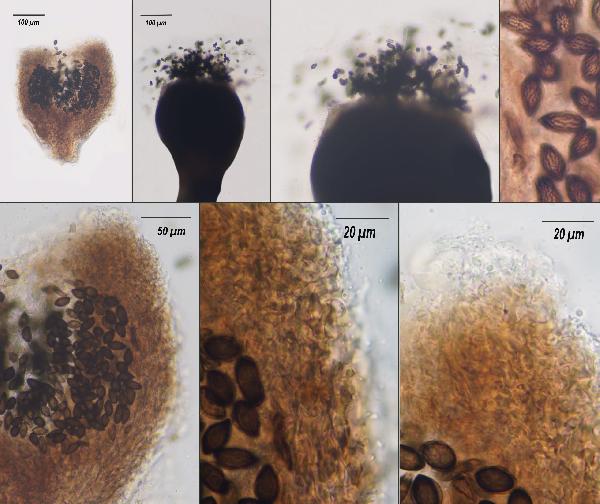
Enrique Rubio y Marta González Garcia - Centro de Estudios Micologicos Asturianos
Arborio (Pravia-Asturias), en el talo de Pertusaria sp., 23-VI-2021, leg. & det. Marta González.

Enrique Rubio y Marta González Garcia - Centro de Estudios Micologicos Asturianos
Arborio (Pravia-Asturias), en el talo de Pertusaria sp., 23-VI-2021, leg. & det. Marta González.
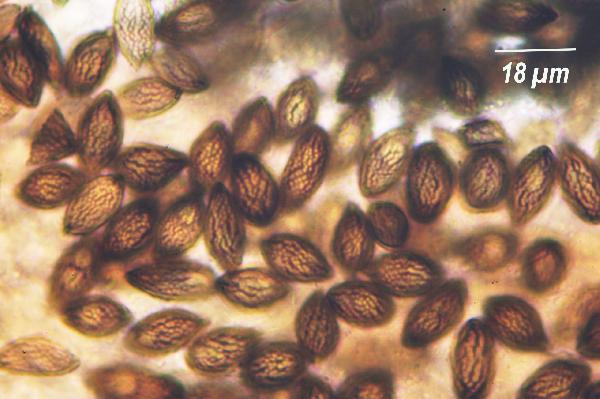
Enrique Rubio y Marta González Garcia - Centro de Estudios Micologicos Asturianos
Arborio (Pravia-Asturias), en el talo de Pertusaria sp., 23-VI-2021, leg. & det. Marta González.
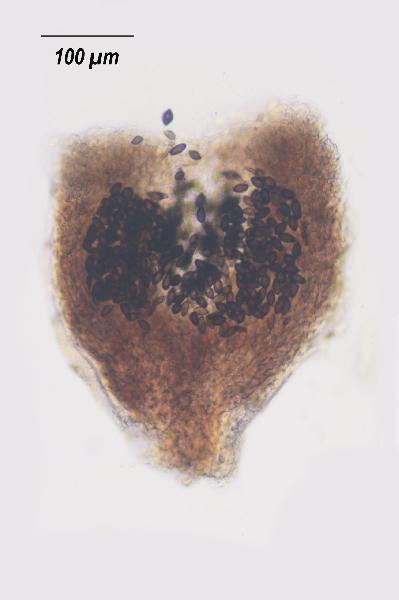
Enrique Rubio y Marta González Garcia - Centro de Estudios Micologicos Asturianos
Arborio (Pravia-Asturias), en el talo de Pertusaria sp., 23-VI-2021, leg. & det. Marta González.
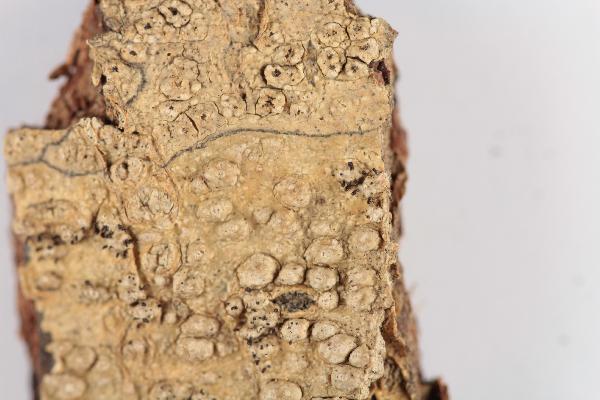
Collezione lichenologica Abramo Massalongo del Museo di Storia Naturale G. Ligabue di Venezia - Autori: Seggi, Linda; Trabucco, Raffaella Proprietà: Fondazione Musei Civici di Venezia - CC BY-NC
Italy, Veneto, (Parass. in thallo Pert. Wulfenii) L. in nem. Montello prope Tervisium
Isotype?
Growth form: Lichenicolous fungus
Substrata: bark
Reproductive strategy: mainly sexual
Most common in areas with a humid-warm climate (e.g. most of Tyrrenian Italy)
paras Pertusaria spp.
Commonnes-rarity: (info)
Alpine belt: absent
Subalpine belt: absent
Oromediterranean belt: absent
Montane belt: rare
Submediterranean belt: very rare
Padanian area: absent
Humid submediterranean belt: very rare
Humid mediterranean belt: absent
Dry mediterranean belt: absent

Predictive model
| Herbarium samples |


P.L. Nimis; Owner: Department of Life Sciences, University of Trieste
Herbarium: TSB (6334)
2003/03/17
on the thallus of the host, Pertusaria sp.

Bernard Bouffinier - Source: http://www.lichensmaritimes.org/index.php?task=fiche&lichen=388&lang=en
Belgium, Pointe du Raz

Bernard Bouffinier - Source: http://www.lichensmaritimes.org/index.php?task=fiche&lichen=388&lang=en
Belgium, Pointe du Raz

Enrique Rubio y Marta González Garcia - Centro de Estudios Micologicos Asturianos
Arborio (Pravia-Asturias), en el talo de Pertusaria sp., 23-VI-2021, leg. & det. Marta González.

Enrique Rubio y Marta González Garcia - Centro de Estudios Micologicos Asturianos
Arborio (Pravia-Asturias), en el talo de Pertusaria sp., 23-VI-2021, leg. & det. Marta González.

Enrique Rubio y Marta González Garcia - Centro de Estudios Micologicos Asturianos
Arborio (Pravia-Asturias), en el talo de Pertusaria sp., 23-VI-2021, leg. & det. Marta González.

Enrique Rubio y Marta González Garcia - Centro de Estudios Micologicos Asturianos
Arborio (Pravia-Asturias), en el talo de Pertusaria sp., 23-VI-2021, leg. & det. Marta González.

Enrique Rubio y Marta González Garcia - Centro de Estudios Micologicos Asturianos
Arborio (Pravia-Asturias), en el talo de Pertusaria sp., 23-VI-2021, leg. & det. Marta González.

Enrique Rubio y Marta González Garcia - Centro de Estudios Micologicos Asturianos
Arborio (Pravia-Asturias), en el talo de Pertusaria sp., 23-VI-2021, leg. & det. Marta González.

 INDEX FUNGORUM
INDEX FUNGORUM
 GBIF
GBIF
 DOLICHENS
DOLICHENS
